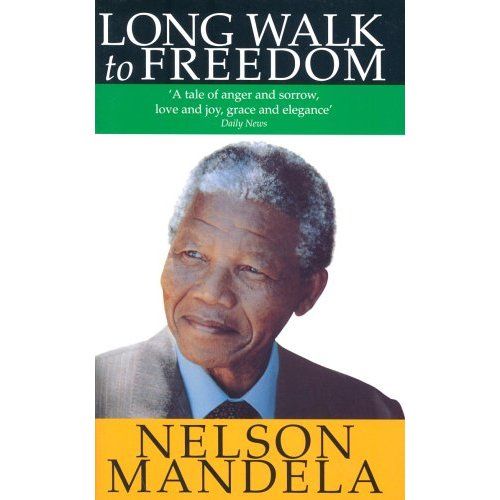This was a joy to read—a truly breathtaking tale of the journey from apartheid to democracy in South Africa. Apartheid means "apartness" in Afrikaans, a word that speak for itself in illustrating decades long institutionalized racism by the Dutch colonial government in South Africa. The topic is grim, but the story telling is enthralling and Mandela is a total badass.
I am struck most of all by his conviction to freedom fighting. He spent 27 of 70 years fighting apartheid in prison. During that time, his focus rarely faltered. Even in prison, he found ways to improve his conditions through petitioning the penal system and defending his fellow inmates through legal action. His conviction is a blueprint for leaders of any moral cause showing that moral superiority is a tool as powerful as military might.
In many ways, Mandela is a perfect stoic character. His actions are virtuous, his motivations moral, he's incredibly patient. He is an inspirational character—serious, but with a friendly feeling. His philosophy is well captured by this short story: "I recall one story my mother told us about a traveler who was approached by an old woman with terrible cataracts on her eyes. The woman asked the traveler for help, and the man averted his eyes. Then another man came along and was approached by the old woman. She asked him to clean her eyes, and even though he found the task unpleasant, he did as she asked. Then, miraculously, the scales fell from the old woman’s eyes and she became young and beautiful. The man married her and became wealthy and prosperous. It is a simple tale, but its message is an enduring one: virtue and generosity will be rewarded in ways that one cannot know."
The fight for freedom was not a straight arrow, inflecting most severely at the call to take up arms to sabotage key South African infrastructure. And it was in sharp contrast to one of the most prominent blueprints for independence at that time: Non-violent resistance. He says that "Nonviolence [is] a practical necessity rather than an option. This was my view, and I saw nonviolence in the Gandhian model not as an inviolable principle but as a tactic to be used as the situation demanded." In other words, every situation calls for a different reaction, one that is reasoned based on the context. The decision to take up arms was not taken lightly, but with careful thought and reasoned analysis. It is a reminder to us all to think for ourselves using first principles to guide ourselves.
Having approached this book with very little knowledge of the struggle through apartheid, it is both equal parts appalling and inspiring to learn what conditions black Africans were living in and overcame. It also helps to frame the global struggle for civil rights elsewhere in the world, which is especially relevant and instructive right now.

